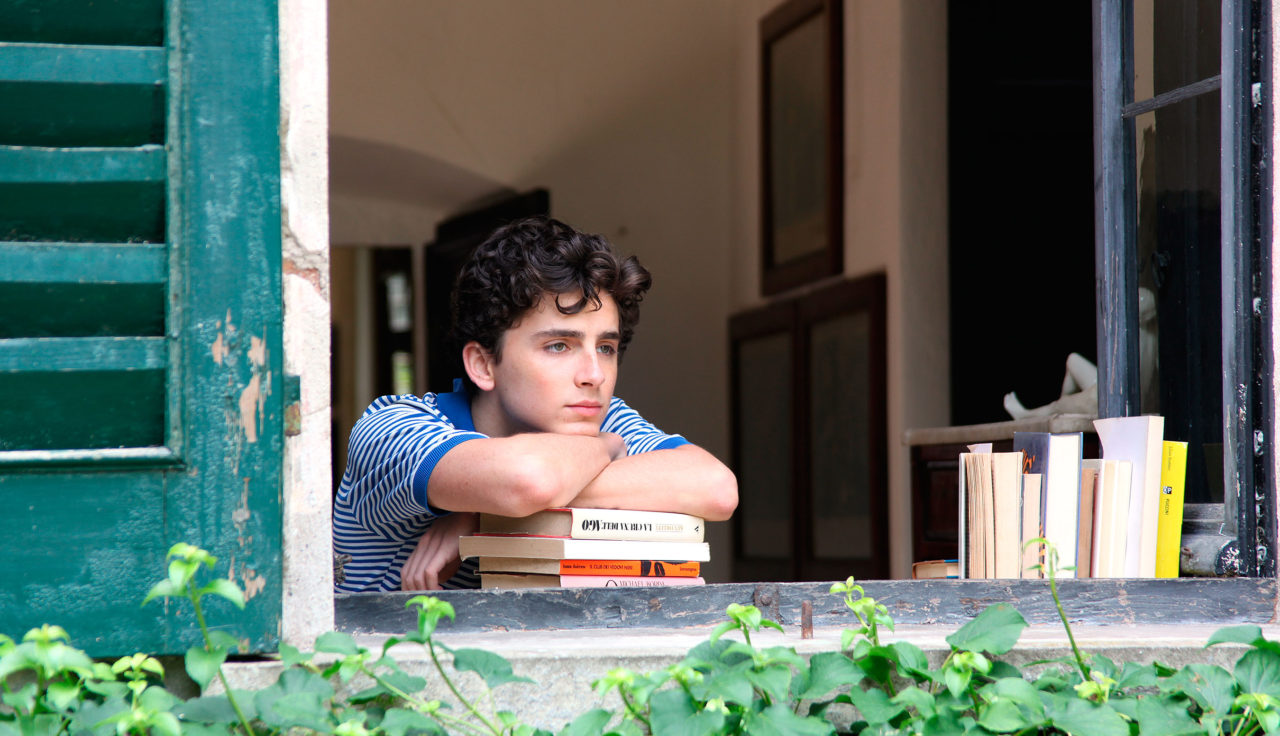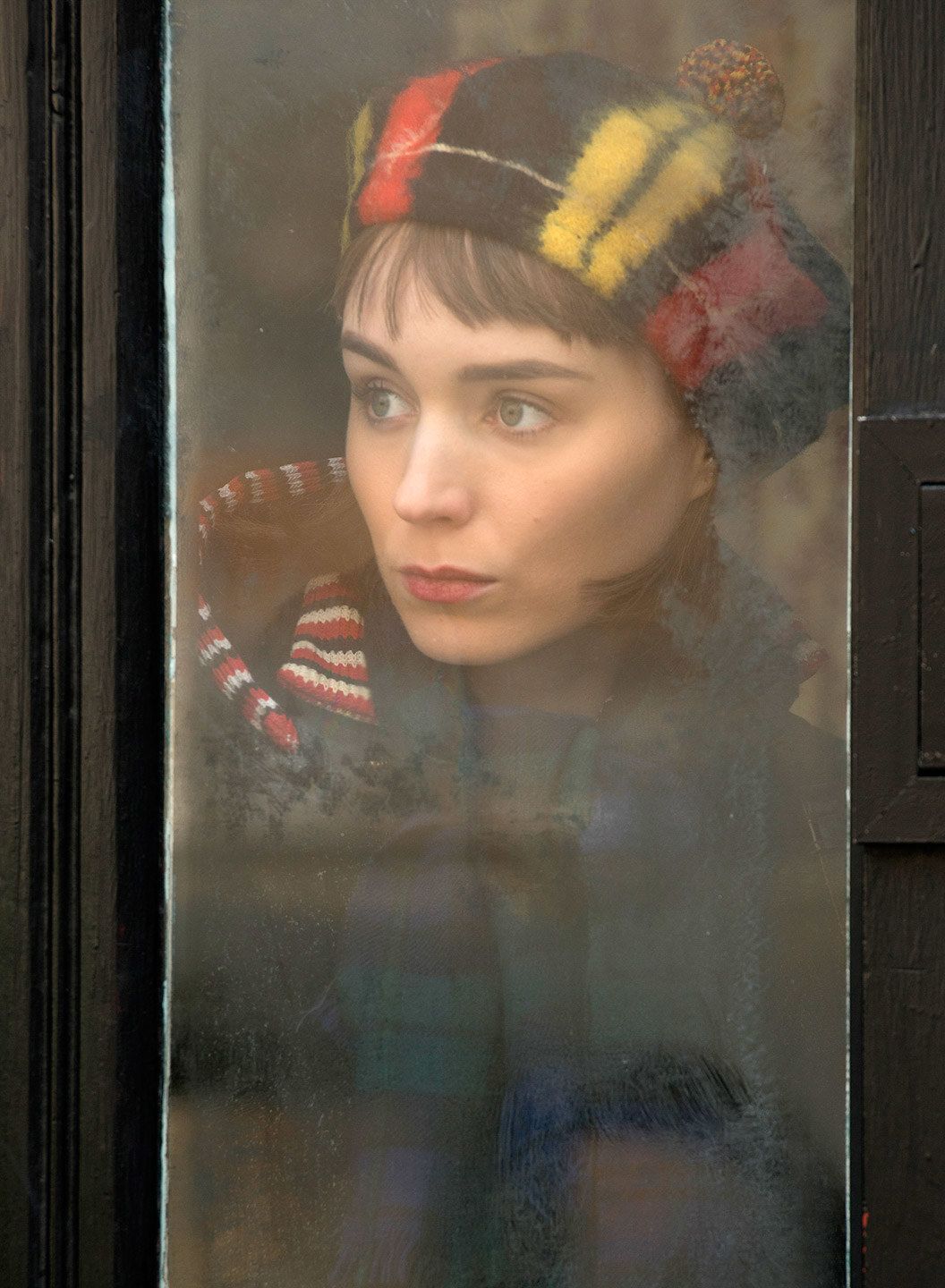5 Great Coming Out Novels
Come Out, Come Out Wherever You Are


Since conflict is one of the fundamental elements in storytelling, it’s not surprising that gay literature is rife with it. But out of the many types of conflict that fictional protagonists typically experience — Man vs Man, Man vs Nature, Man vs Machine, Man vs Supernatural — it is Man vs Self and Man vs Society that drives the plot of many LGBTQ stories.
Let’s face it, the gays have not had an easy time of it. As far back as 1500 BC, Assyrian law dictated that any man that engaged in sex with another man was to be considered defiled and made into a eunuch. With consequences like that, it’s no wonder that coming out has been a challenging experience for many members of the LGBTQ community. If we can learn by example, some of the coming out stories in these wonderful books may help.
Call Me By Your Name
The painful experience of trying to understand one’s sexuality and the infatuation of first love is brought to life in Andre Aciman’s achingly beautiful Call Me By Your Name. When 24-year-old Oliver, an American post-doctoral scholar, comes to Italy to study with Elio’s father, he awakens inexplicable feelings in Elio that the 17-year-old boy is ashamed to share with anyone. Confident and charming, Oliver is everything Elio isn’t, and his cool indifference only serves to heighten the boy’s fascination with him. Through common interests – music, literature and daily bicycle rides, a friendship blossoms and before long, sexual intimacy and finally, romance.
The book is rich in metaphors – Elio’s Jewish family has always downplayed their religion, but when Oliver proudly wears a star of David, he inspires Elio to do the same, just as he inspires him to acknowledge his attraction to men. When the idyllic summer ends, Oliver returns to America leaving a broken-hearted Elio to come to terms with both his feelings and his sexuality. Counseled by the kind of understanding father that every LGBTQ kid should have, Elio continues to think about Oliver and the indelible mark he left on him.
Maurice
For those who think conversion therapy is a relatively new concept, consider Maurice, E.M. Foster story of homosexual love in early 20th Century England. Although written in 1914, the book was not published until a year after the author’s death in 1970. Following the eponymous character from his early teens through college and young adulthood, the book centers on Maurice’s struggle with his sexual orientation. “I swear from the bottom of my heart I want to be healed. I want to be like other men, not this outcast whom nobody wants.” Despite undergoing hypnosis to “cure” himself of his “congenital homosexuality”, Maurice comes to accept his sexuality and through that acceptance, finds love.
The Price of Salt
In the early 1950s when most lesbian books fell into the category of pulp fiction and bore suggestive titles like Women’s Barracks and Strange Sisters, Patricia Hightower (Strangers on a Train), writing under the nom de plume, Claire Morgan, penned a story based on her own chance encounter with a prominent suburban housewife. The book, which inspired the popular film, Carol, explores what happens when Therese and Carol, two ostensibly straight women, realize they’re lesbians and the consequences they face as a result of their relationship. What makes Hightower’s sensitive story unique is that unlike most gay-related stories of the time, it doesn’t end with its characters damned to a hateful world of sorrow.
A Little Life
While most stories with gay protagonists focus on romantic or sexual love, Hanya Yanagihara’s devastating novel, A Little Life, explores the love that exists between four life-long friends who save each other in numerous ways. One among them, Jude, is almost beyond salvation. A successful but closeted litigator, he literally bears the scars of victimization and self-hatred. It is only when his relationship with Willem, a successful actor, morphs from friendship into something undefinable and more profound, that we come to understand that some loves defy characterization. An agonizing, sometimes brutal story, this is a book you must read but be warned: it may leave a mark.
Giovanni’s Room
When David, the protagonist of James Baldwin’s 1956 book, admits, “I had decided to allow no room in the universe for something which shamed and frightened me,” he personified the sentiment felt by thousands who have struggled with their sexuality. The story, which follows David as he grapples with the “itch” that Giovanni, a Parisian bartender, awakens within him, is a timeless tale of the self-denial and loathing felt by many, especially in the days before Stonewall and the birth of Gay Movement.
While these five books belong on any must-read list of LGBTQ literature, they merely scratch the surface of the important stories that help us understand the unique conflicts of our world and would make for a summer’s worth of great reading.



